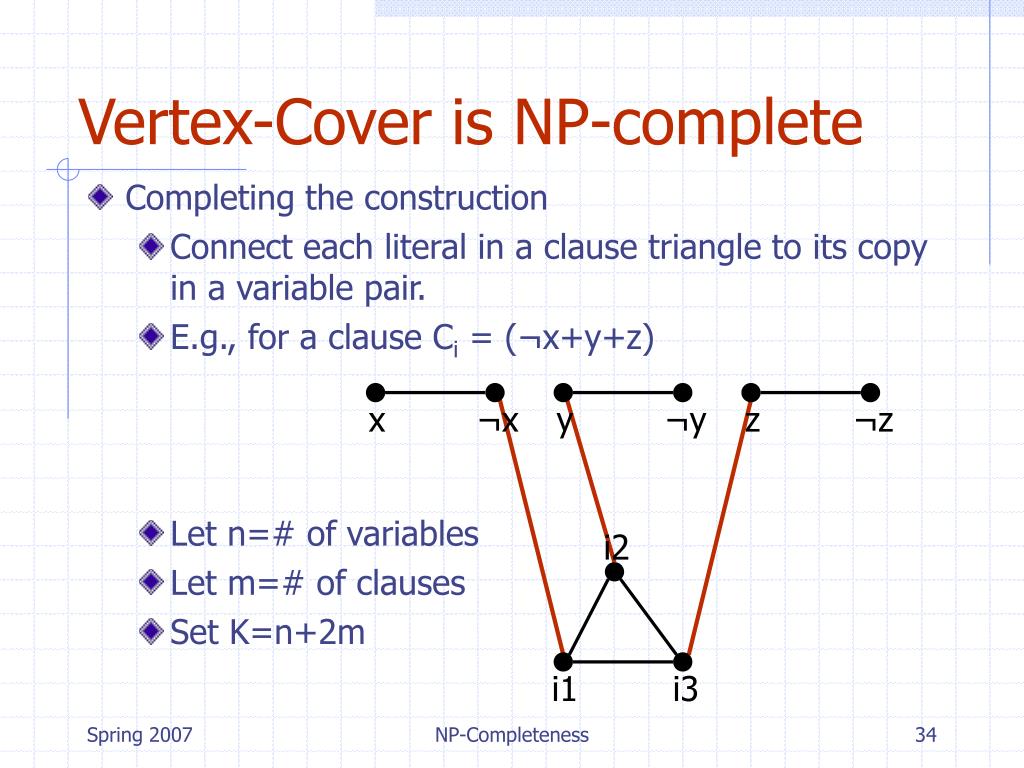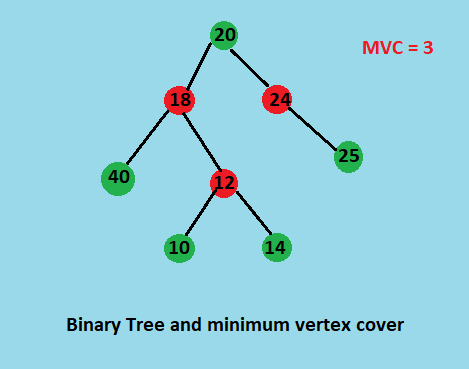

Wright, M.H.: Optimization Methods for Base Station Placement. In: IEEE International Conference on Networks, pp. Rodrigues, R.C., Mateus, G.R., Loureiro, A.: Optimal base station placement and fixed channel assignment applied to wireless local area network projects. In: The 24th IEEE International Performance, Computing, and Communications Conference (IPCCC), pp. Patel, M., Chandrasekaran, R., Venkatesan, S.: Energy efficient sensor, relay and base station placements for coverage, connectivity and routing. In: The proceedings of the 47th IEEE Conference on Vehicular Technology, vol. 3, pp. Takanashi, H., Rappaport, S.S.: Dynamic base station selection for personal communication systems with distributed control schemes. IEEE Transactions on Communications 48, 658–669 (2000) 2703–2707 (2001)īutterworth, K.S., Sowerby, K.W., Williamson, A.G.: Base station placement for in-building mobile communication systems to yield high capacity and efficiency. In: The proceedings of the 54th IEEE Conference on Vehicular Technology, vol. 4, pp. Han, J.K., Park, B.S., Choi, Y.S., Park, H.K.: Genetic approach with a new representation for base station placement in mobile communications. In: IEEE International Conference on Distributed Computing Systems 2004 Workshops Assurance in Distributed Systems and Networks, Tokyo, Japan, pp. Ishizuka, M., Aida, M.: Performance Study of Node Placement in Sensor Networks. In: The 11th IEEE International Conference on Personal, Indoor and Mobile Radio Communications, London, pp. Hurley, S., Kapp-Rawsley, R.: Towards automatic cell planning.

In: IEEE International Conference on Networking, Sensing and Control, Taipei, Taiwan, vol. 1, pp. Yangyang, Z., Chunlin, J., Ping, Y., Manlin, L., Chaojin, W., Guangxing, W.: Particle Swarm Optimization for Base Station Placement in mobile communication. Wong, J., Neve, M., Sowerby, K.: Optimisation strategy for wireless communications system planning using linear programming. The experimental results demonstrate the feasibility of our evolutionary approach in finding minimal vertex cover set, which is less than 37% of total sensors used as communication sensors, in under 14 seconds with 100% coverage of the sensor nodes in wireless sensor network.

We encoded the vertex-cover problem into the evolutionary domain, where the objective function is to select a minimal set of sensors out of the coverage sensors to act as the vertex-cover set so that its communication range covers all the coverage sensors. The vertex-cover is a subset of the coverage set of sensors therefore, we transform the search space from a continuous domain into a discrete domain. Finding the minimal set of sensors is modeled as a vertex-cover problem, where the vertex-cover set facilitates the communications between the sensors in a multi-hop fashion keeping in mind the limited communication range and battery lifespan of all sensors. The communication problem is to select a minimal set of placed sensor devices in a service area so that the entire service area is accessible by the minimal set of sensors.


 0 kommentar(er)
0 kommentar(er)
